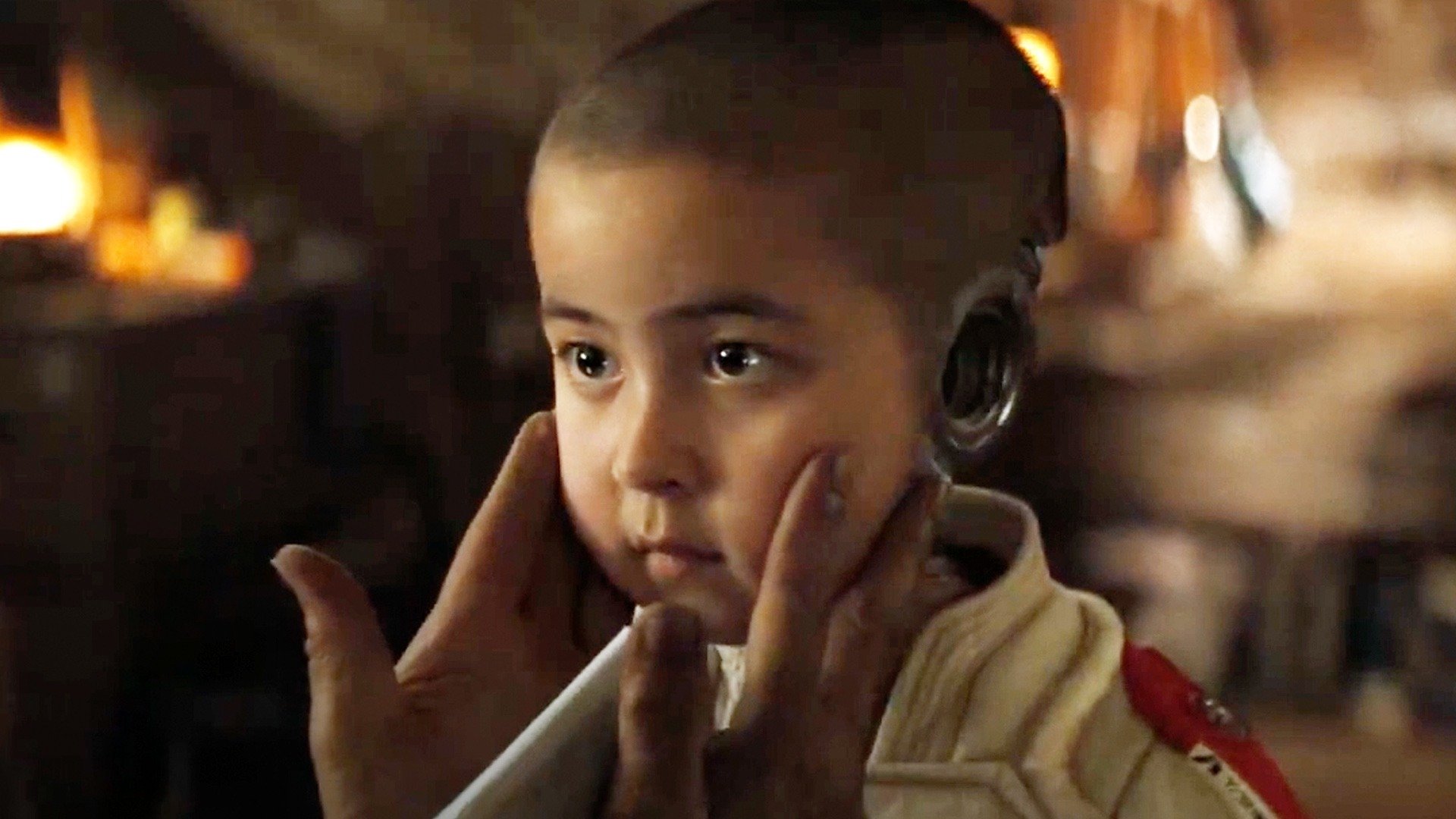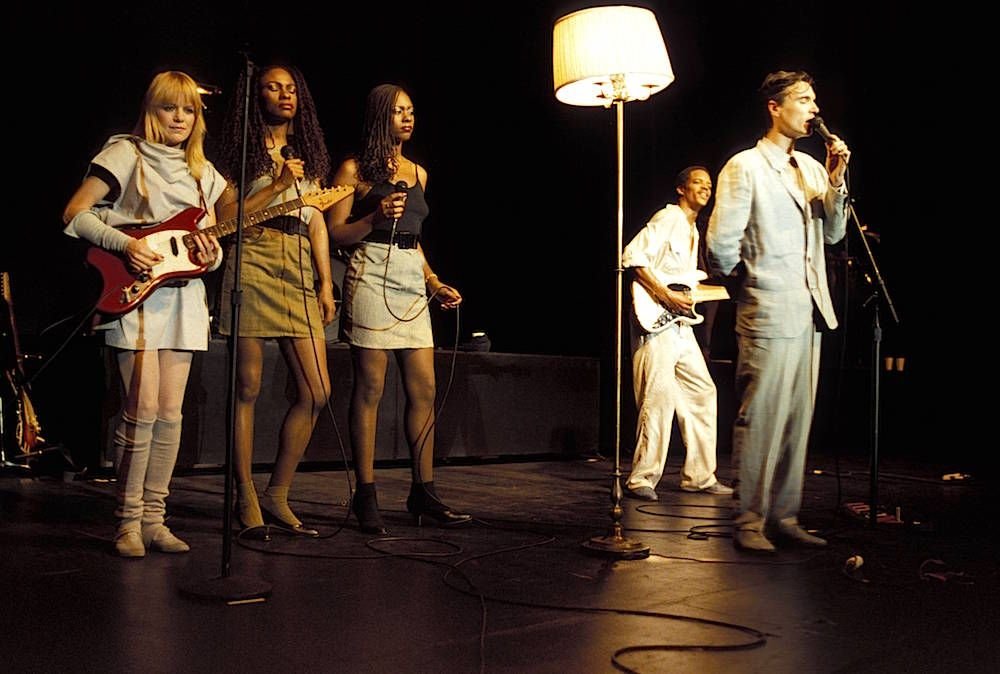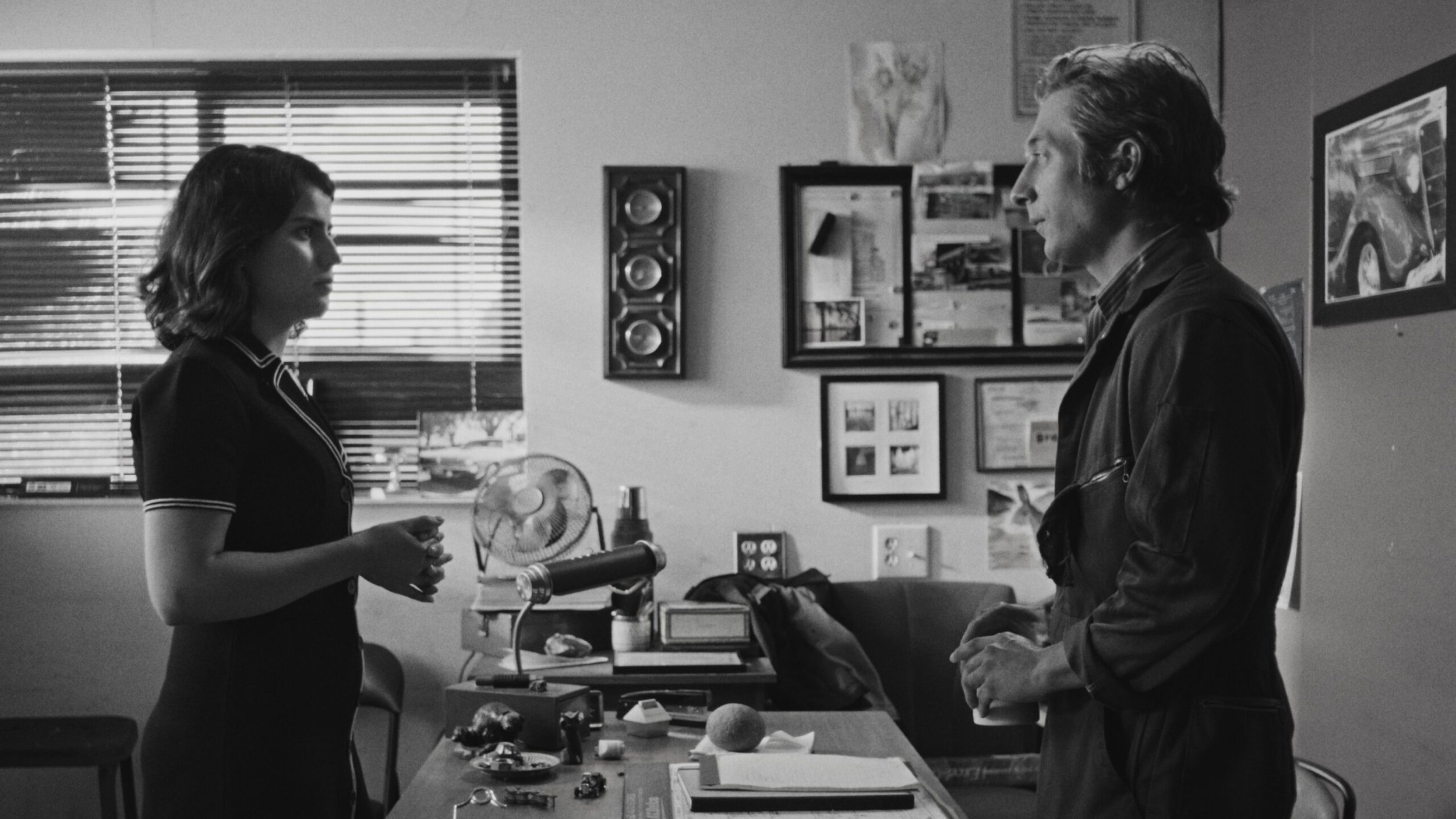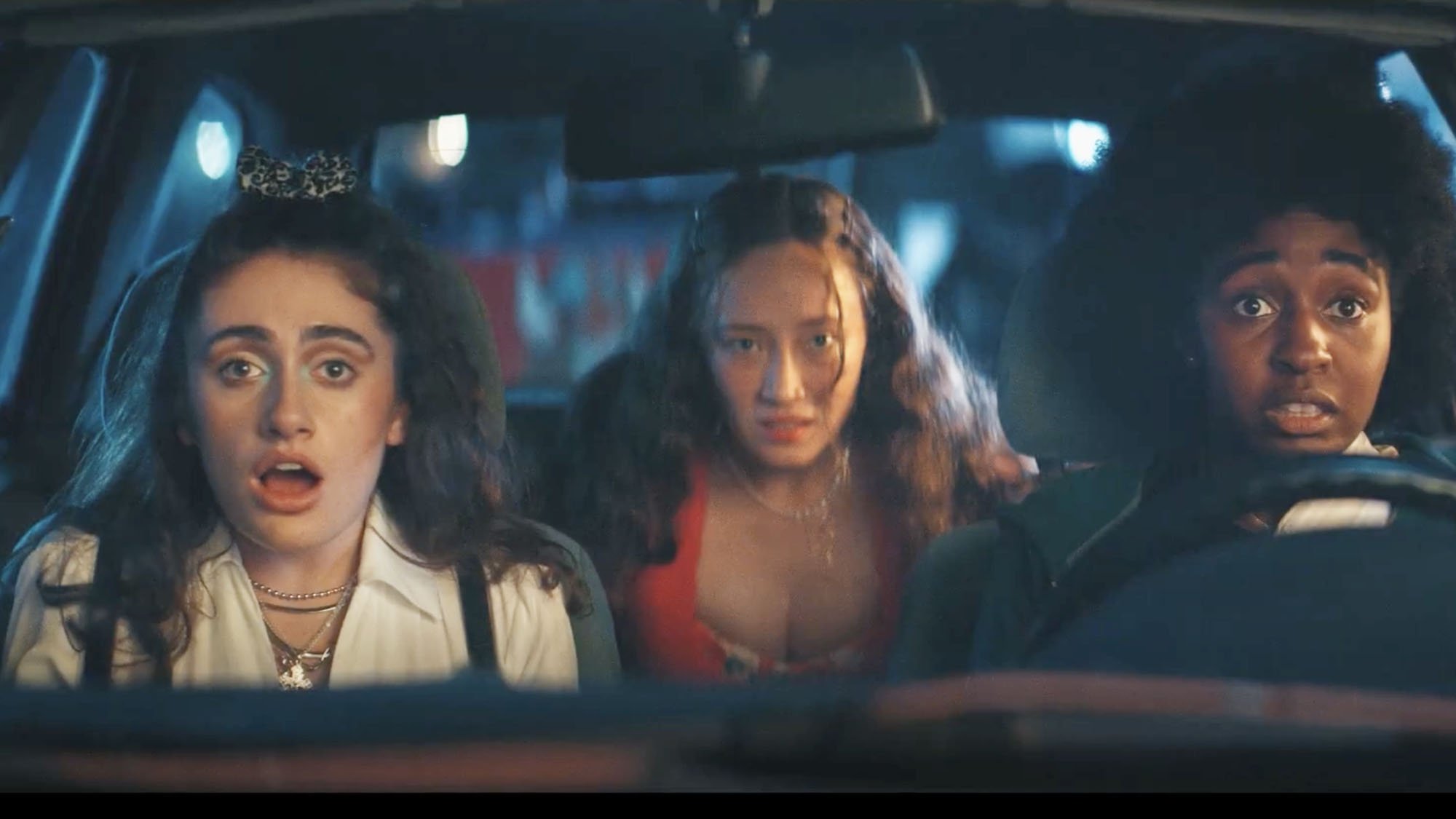DUMB MONEY
Directing: B
Acting: B+
Writing: B
Cinematography: B-
Editing: B
I’m honestly surprised no one has titled a movie Dumb Money before now. This movie itself informs us that “dumb money” refers to investments made by individual, non-institutional investors. Here that money is represented, first and foremost, by Keith Gill, a regular guy who inspired an investment revolution aimed at hitting hedge fund managers where it hurts.
This is the GameStop story you likely remember from the news—from literally just two years ago. It’s not often that a true story gets optioned, greenlit, produced and released to theaters with that kind of turnaround time. The height of the GameStop buying frenzy occurred in March 2021, and this film’s script writers were hired the following May.
What curious timing this film has. On the one hand, it tells the story incredibly soon after it actually happened—in movie production time, two years is not a lot. On the other hand, early 2021 was also the height of the covid pandemic, with most people working from home unless they were essential workers, and right now that feels like an entire world away.
It’s worth noting that more people are seen walking around in face masks in Dumb Money than any other wide release film I can think of. The way director Craig Gillespie (I, Tonya) represents mask-wearing in this movie is strange inconsistent and sometimes outright odd. Of course, any director wants his actors’ faces to be visible wherever possible, so for instance, we see hospital staff removing masks when only two people are in a room together, even though at the time hospital staff would be masking around anyone at all. A bar waitress removes her mask to gawk at Keith Gill’s stock portfolio on his phone. A GameStop store manager is constantly telling his employee to wear his mask properly, which is actually right and correct, and yet we are meant to think of the manager as a nag and the employee as the one to root for. We get it, the whole mask thing was annoying. Does it make sense to subtly villainize the people insisting on doing the right thing to actually save lives?
Dumb Money isn’t so much concerned with the details of a pandemic, however—only with the “little people” who stuck it to the man while one was happening. It’s relevant that many companies raked on record profits at the expense of essential workers, and kind of odd that no one in this movie ever mentions it.
Still, the whole business, in this particular context, is undeniably fascinating, and kind of surprisingly fun. Given the time in which the story occurred, we don’t get any crowd scenes, yet Dumb Money features a large ensemble cast, of people mostly existing in separate locations. I find myself wondering if Keith Gill and his actual family are as colorful as depicted onscreen here, with Keith played by Paul Dano; his brother Kevin played by Pete Davidson, and his parents played by Clancy Brown and Kate Burton. Having Kevin employed as a DoorDash delivery guy who constantly grabs bites out of the food he delivers is an odd detail. Anyone whose OCD was exacerbated by the hygiene practices of peak covid are certain to be triggered by that.
A lot of other stars are featured among the rest of the supporting staff. A couple other random “regular guy” investors, among a handful, are represented by America Ferrera and Anthony Ramos. Shortsighted billionaires are played by Nick Offerman and Vincent D'Onofrio; a multimillionaire by Seth Rogen. Shailene Woodley is Keith’s wife, Caroline, here depicted as uniformly supportive.
The pacing moves at a steady clip, keeping the runtime at a tight 105 minutes, although it relies heavily on YouTube and TikTok clips, not to mention memes. On the whole, Dumb Money is unexceptional, but I enjoyed it. It’s certainly a unique story worth being told. I can’t say it commands viewing in a theater, much as I advocate for the theatrical experience. This is a movie worthy of an eventual couple of hours on your television.
Well this guy was not as dumb as he looked.
Overall: B










